Camille Claudel in 5 Sculptures
Camille Claudel was an outstanding 19th-century sculptress, a pupil and assistant to Auguste Rodin, and an artist suffering from mental problems. She...
Valeria Kumekina 24 July 2024
8 March 2023 min Read
Abigail May Alcott Nieriker was the real Amy March from Little Women. However, she was so much more than an inspiration. Born under a lucky star, she earned praise from the toughest art critics. Moreover, she fought for social and gender equality in artistic education. Her paintings and projects reflected her antiracist and feminist ideas. Unfortunately, her sister’s fame and her own sudden death eclipsed her work. It is time to fix that.
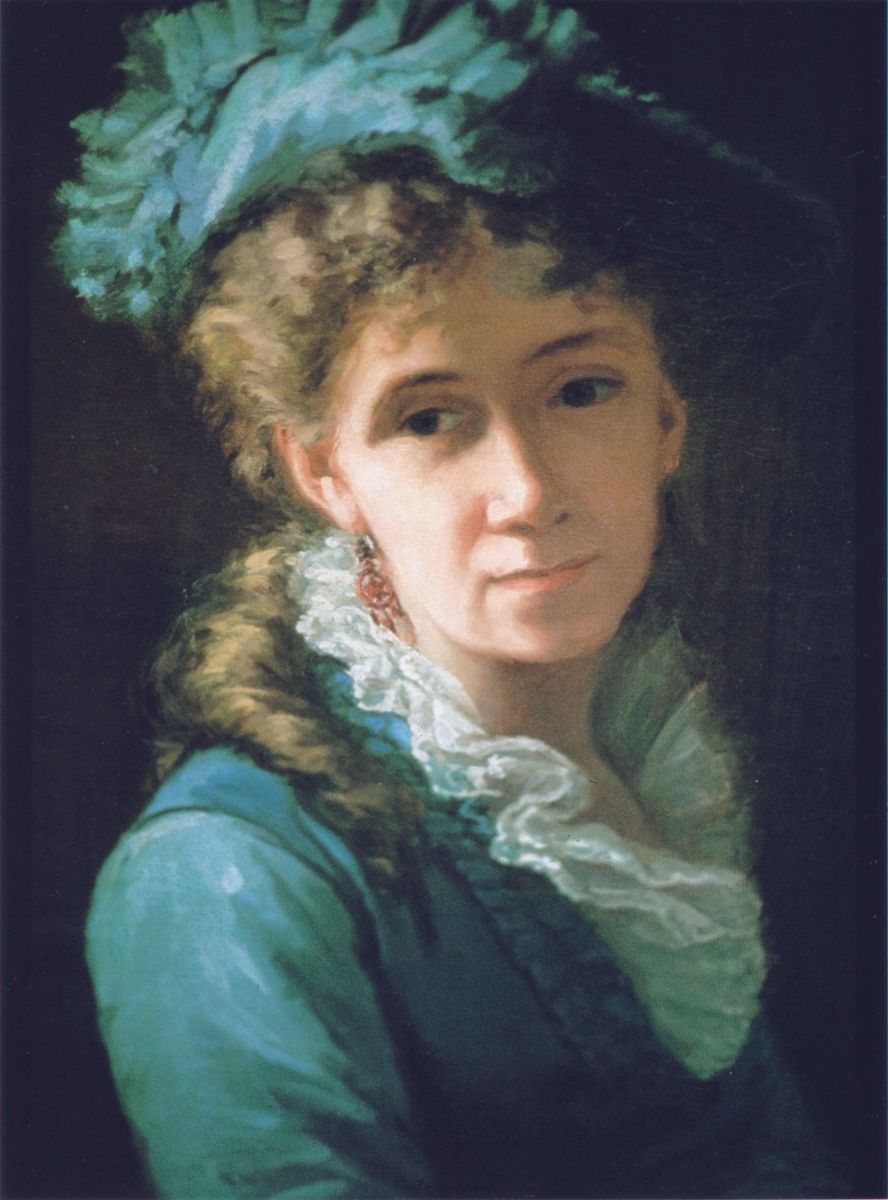
Abigail May Alcott was born on July 27, 1840, in Concord, Massachusetts. From the start, her family said she was born under a lucky star. Her father, Bronson Alcott, was a Transcendentalist. Meanwhile, her mother, Abigail “Abba” Alcott, was one of America’s first social workers. In fact, one of their houses in Concord, the Wayside, was part of the Underground Railroad (1846-1847).
Abigail May Alcott was called “May” to distinguish her from her mother, Abigail Alcott. May was her preferred name since November 1863.
May exhibit a love for art from a young age. Her parents always encouraged her. They even let her draw on the walls of Orchard House. Regardless of their poverty, she was lucky to get an artistic education starting from childhood. There were always family friends and relatives willing to help her. For example, R.W. Emerson allowed her to visit his library.
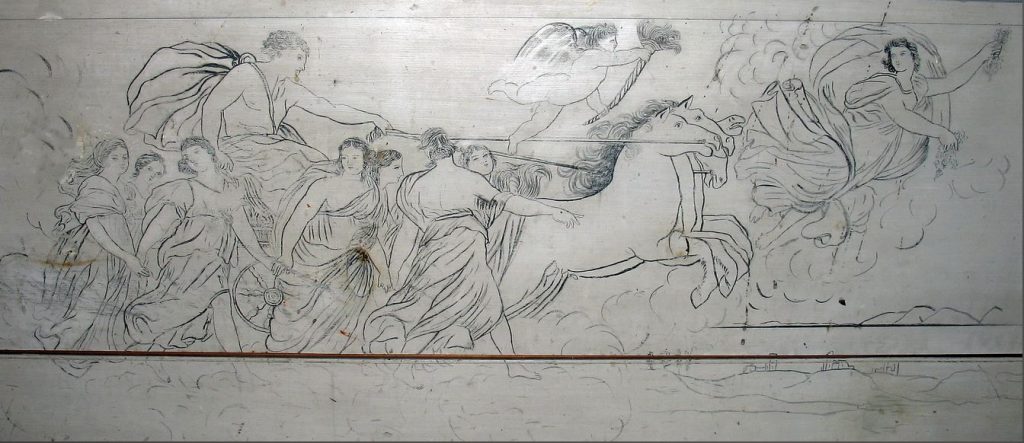
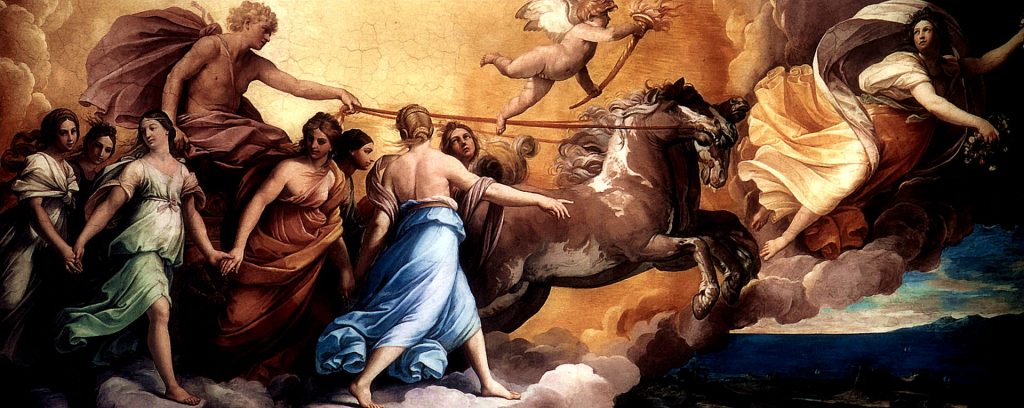
In the 1860s in Boston, she attended Dr. Rimmer’s anatomy class for women. Later, she joined William Morris Hunt’s studio. Simultaneously, May Alcott taught female students. Yet, she was eager to help any person with artistic ambitions. In fact, she gifted her modeling tools to Daniel Chester French. Later, she published Concord Sketches, a series of drawings from her hometown.
She had a solid career in America. But May Alcott wanted more. In 1868, her sister published Little Women. It changed their lives. With Louisa Alcott’s success came money. And with it, the possibility of sending her to Europe. One more point to her lucky star.
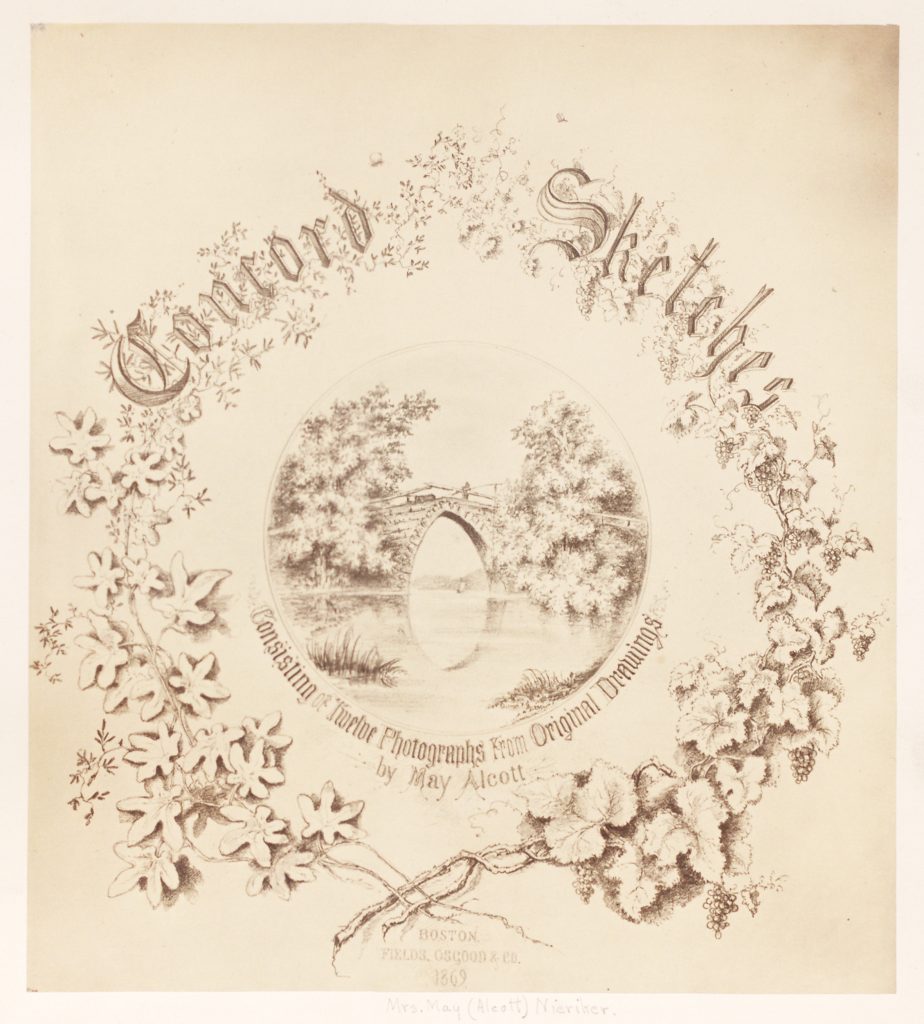
May Alcott traveled three times to Europe. In 1870, the two sisters went as companions of Alice Bartlett, another aspiring artist. They settled in Italy and visited Switzerland. During this trip, May Alcott climbed a mountain during a storm. Unfortunately, their brother-in-law passed away during this time. Louisa May Alcott had to return while her sister stayed a few more months in London.
Two years later, Louisa May Alcott sent her sister back to the Old Continent. In London, she met the art critic John Ruskin. Apparently, he admired her copies of Turner and used them as teaching instruments.
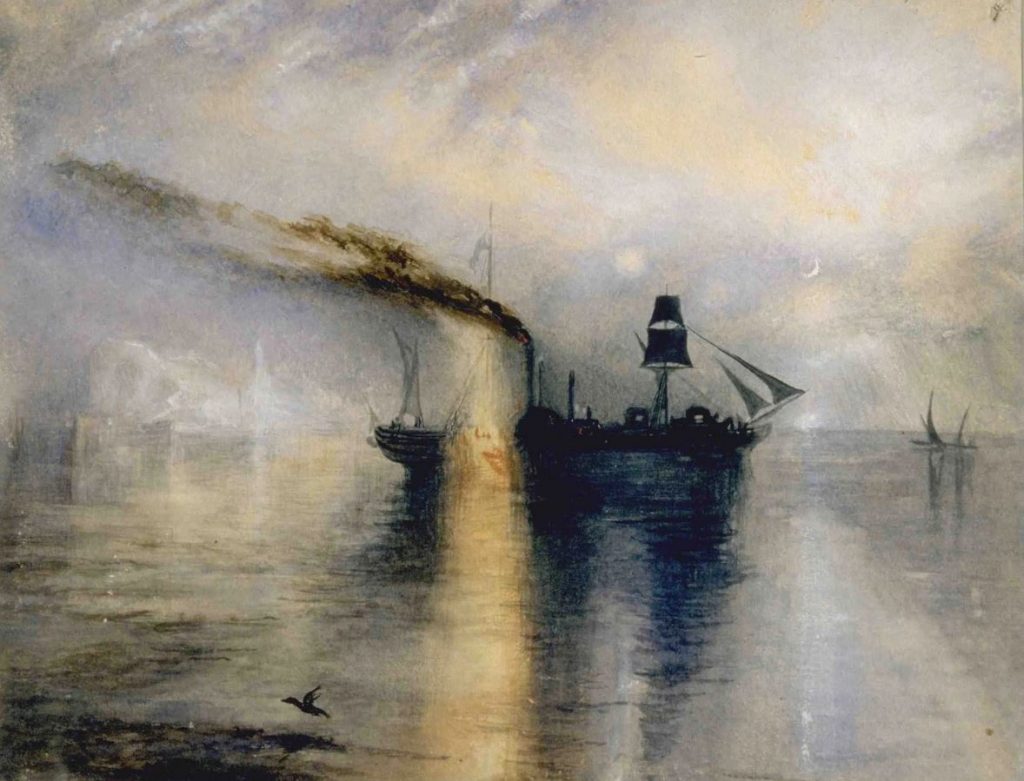
Due to family responsibilities, she returned home in 1874. However, her mother knew how much Europe meant to her. Despite her illness, Abba Alcott encouraged her to go back. In 1876, May Alcott sailed away and never returned. This was her most successful period in all senses.
In 1877, she moved to Paris with her friend Rosa Peckman. They attended Monsieur Krug’s studio. There, she received better anatomical instruction. Krug allowed women to learn from male models. Around that time, she did a brief stay at Grez with other artists, a little town not far from Barbizon. She also befriended Mary Cassatt.
Alcott had the honor of exhibiting twice at the Paris Salon. In 1877 her still life Fruits and Bottles was accepted. To her surprise, they placed it at almost eye level.
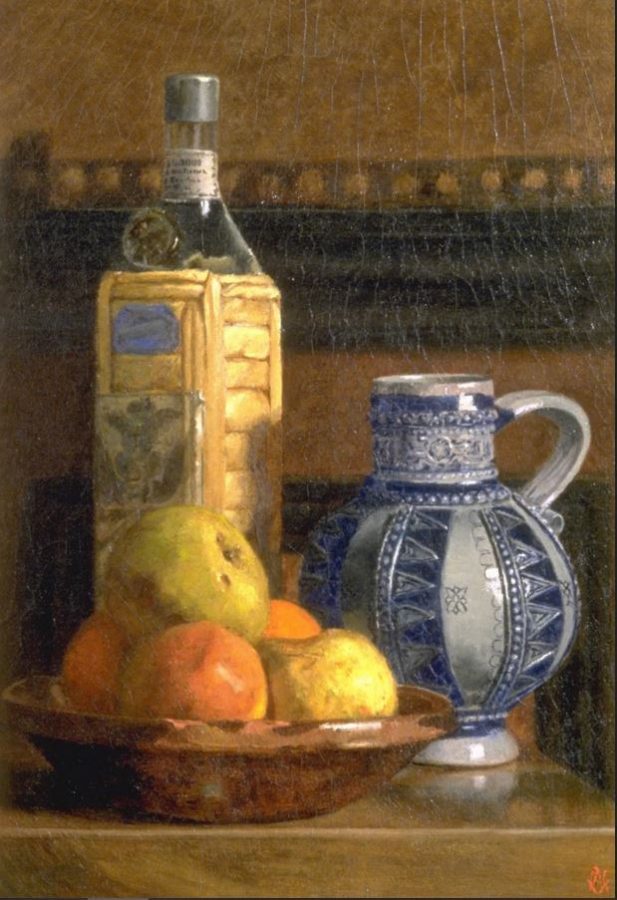
For all the luck May Alcott had, she certainly endured hard times. In 1868, she received harsh reviews for her Little Women illustrations. Eleven years later, her technique had improved greatly. Consequently, in 1879, La Négresse entered the Salon. Evidently, her family’s antiracist views influenced her painting. Actually, her teachers often praised her. They said she gave dignity to people of color. Unfortunately, her other painting of this period, Prince of Timbuctoo remains lost.
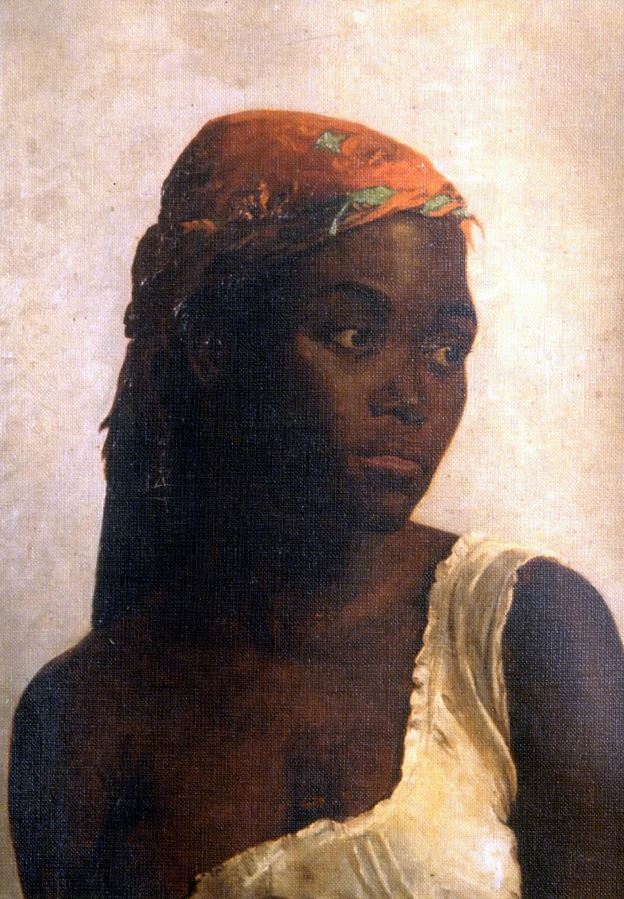
That same year, Alcott participated at the Ladies Exhibition in London with her Still Life with Owl. She also sold a painting to the Dudley Gallery.
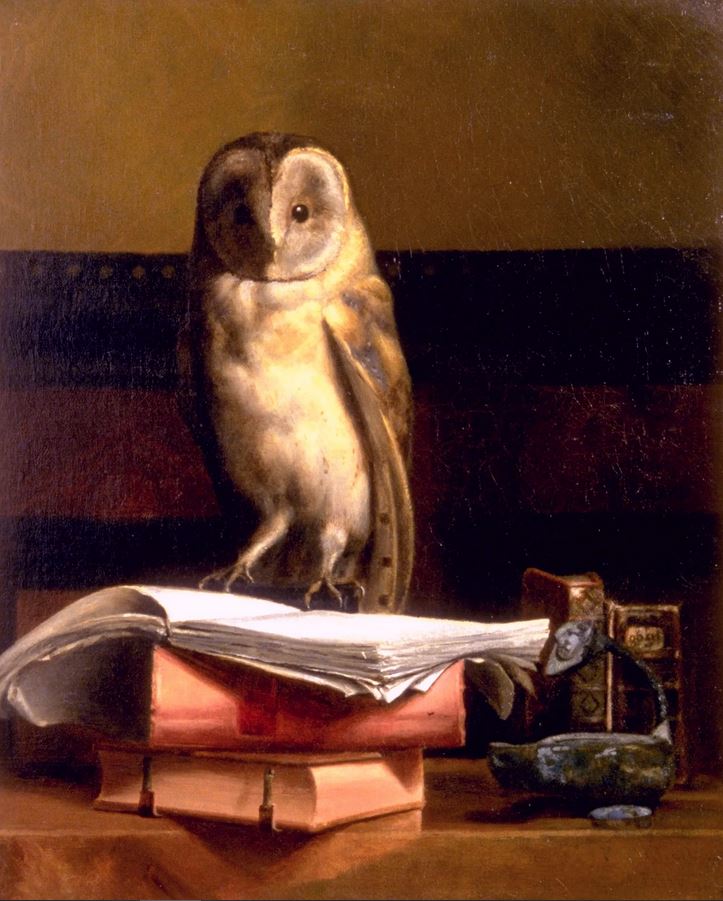
Alcott always dreamed of romance and a family of her own. However, she would only marry someone who respected her career. In 1877, she met Ernest Nieriker. He was a 22-year-old Swiss businessman (16 years her junior).

In a way, Louisa May Alcott’s writing was prophetic. Nieriker was a violinist and he loved her profession. He even cheered her up with his music when her mother died. When Nieriker was called to work somewhere else, the couple decided to get married. They preferred to rush the wedding rather than to be separated.
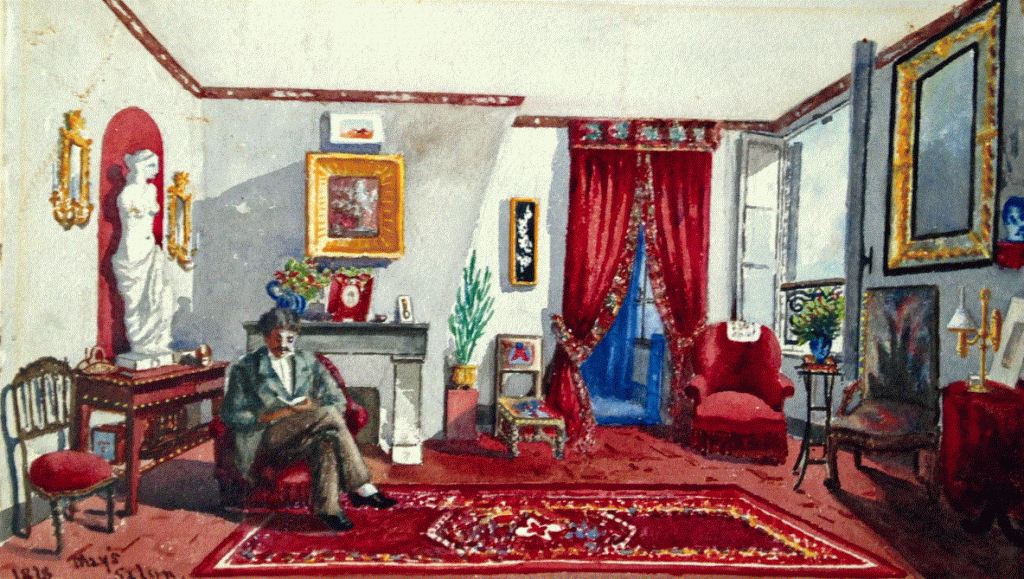
She would constantly write back home. She needed to reassure her sister that her work was safe. In truth, she wanted to prove that it was possible to combine domestic duties with artistic life. Nieriker never represented an obstacle to Alcott’s career, quite the contrary. In fact, 1879 was one of her most prolific years.
Alcott believed everyone should have access to art. Yet, she knew few people were as lucky as her. In Italy, she learned about the local free art schools. Therefore, in 1875, she opened Concord’s first Art Center.
May Alcott had suffered inequalities in artistic education. She noticed women paid double and got half the instruction. As a result, she wrote Studying Abroad, and How To Do It Cheaply (1879). It was the first travel guide addressed to artists. In it, she invites American girls to travel to Europe to pursue serious training. Furthermore, she encouraged women to form associations to reduce expenses. Additionally, she wrote a novel entitled An Artist’s Holiday (still unpublished).
Alcott’s dreams were coming true. But at some point, her lucky star had to die out.

On November 8, 1879, Alcott gave birth to a baby girl. She named her after Louisa Alcott. Seven weeks later, May Alcott passed away on December 29, 1879. She was only 39 years old. She asked her sister to take care of her daughter in Concord. As devastated as Nieriker was, he respected his wife’s wishes.
At that moment, Louisa May Alcott’s sister was writing a novel based on her sister’s life called Diana and Persis. After her death, she couldn’t continue it. She also reduced Amy’s presence in Jo’s Boys. Still, she gave her the work-life balance that her real-life counterpart wanted. Most of her works remain at Orchard House. People can still visit and see her early drawings on the walls and furniture. However, the Nieriker family kept the original La Negrèse.
Sadly, Louisa May Alcott’s success and her own sudden death eclipsed her work. Moreover, Amy’s undeserved negative perception discourages people from learning about her. Indeed, May Alcott Nieriker had a lot of luck throughout her life. Her success is a testament to her ambition, dedication, and love for her art.
DailyArt Magazine needs your support. Every contribution, however big or small, is very valuable for our future. Thanks to it, we will be able to sustain and grow the Magazine. Thank you for your help!